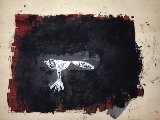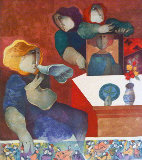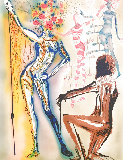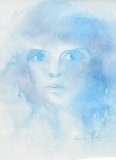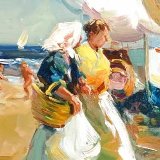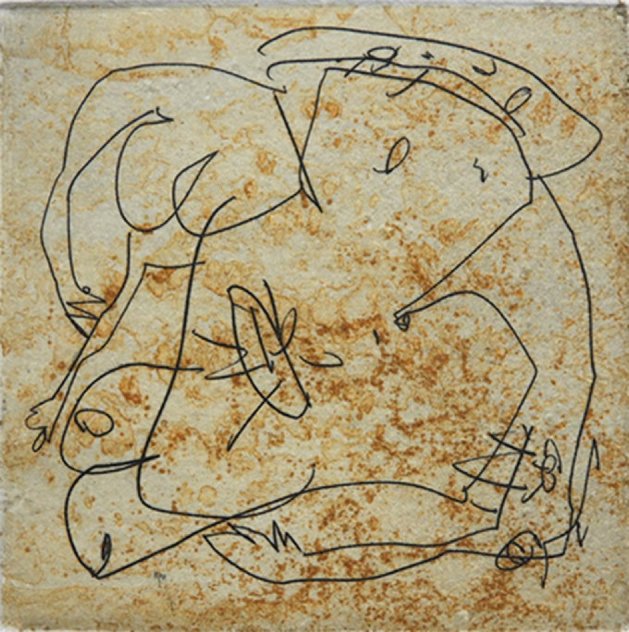



Erotic Composition From Les Contemplations 1978
Antonio Saura
Limited Edition Print : Etching, Aquaforte And Aquatint
Size : 9.06x6.89 in | 23x18 cm
Edition : From the edition of 75
Reduced
-
🔥Limited Edition Etching $$$$$$$
Year1978
Hand SignedHand Signed in Pencil, Lower Right
Condition Excellent
Not Framed
Purchased fromPrivate Collector 2016
Certificate of AuthenticityArt Brokerage
LID120500
Antonio Saura - Spain
Art Brokerage: Antonio Saura Spanish Artist, b. 1930-1998. Antonio Saura was one of the major post-war painters to emerge in Spain after the hiatus of the Civil War. As such he was at the center of the renovation of the Spanish avant-garde in Madrid, even under the most difficult and repressive years of the Franco dictatorship. He came to Paris in his twenties, from 1953 to 1955, frequenting the Surrealists and their associates, and exhibited with the Surrealist group in 1954. Initially he worked in a Surrealist style, as is typified in early works like Chien aboyant a l'eclipse (1954), which represented a kind of reconnection with the pre-Civil War avant-garde in its use of techniques related to Surrealist artists such as Oscar Dominguez and Joan Miro. Adopting a more painterly and expressive mode, in February 1957 Saura was a founder member and director of activities of the movement El Paso ("The Step" - implying a step towards new things), which included the painters Manolo Millares, Rafael Canogar, Luis Feito and the sculptor Pablo Serrano, and lasted until 1960. The group published a militant review of the same name, which included important tracts by Saura. His "Notas sobre Pollock" was one of the first theoretical texts published in Spain to engage with American abstract expressionism, and Saura became one of the principal proponents of a Spanish version of gestural abstraction. Though he is famous as a painter, Saura was also a great printmaker, especially in the medium of lithography. He made his first lithographs in Madrid in 1958, and in 1960 collaborated with the Madrid branch of the politically radical Estampa Popular group which sought to diffuse large edition prints at modest prices to the Spanish working class. He continued this activity throughout his career, often collaborating in the production of books with writers such as Camilo Jose Cela, Jorge Semprun, Julian Rios, and Ramon Gomez de la Serna. Saura was one of the most articulate Spanish painters of his generation, publishing several books, and, even through the later years of his career, he maintained a critical and oppositional perspective as a writer.



